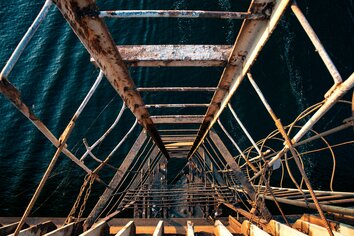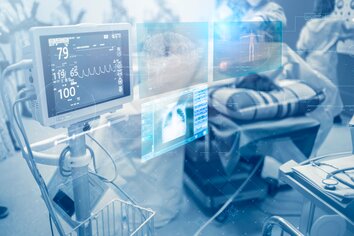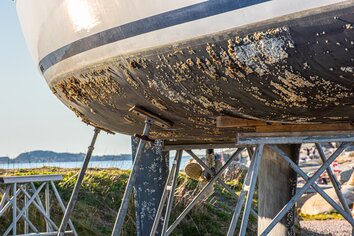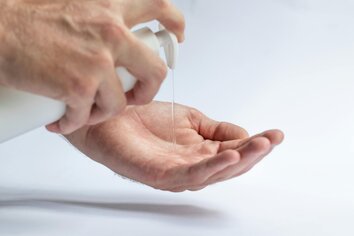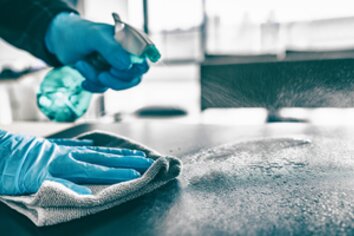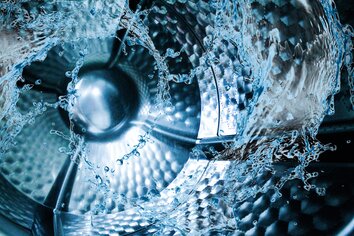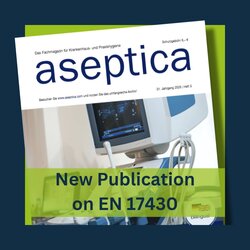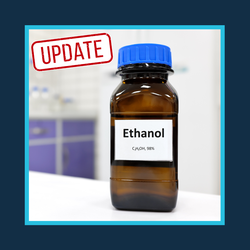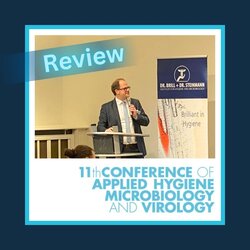December 14, 2025
Update: Focus on ethanol: Important regulatory developments for biocidal applications
Do you use biocidal products containing ethanol (CAS No. 64-17-5)? If so, you should pay close attention!
Biocidal products containing ethanol as an active substance currently benefit from national transitional measures that simplify the marketing process. In Germany, for example, such products can currently be marketed without authorisation. However, this situation may change in the future. The competent Greek authority has been evaluating ethanol for product types PT1, PT2 and PT4 for over 15 years. As a 'backlog dossier', it still falls under the transitional provisions of the old Biocidal Products Directive (BPD, Directive 98/8/EC).
In October 2024, the BPC Human Health Working Group reached the preliminary conclusion that ethanol exhibits potential carcinogenic and reprotoxic properties. This means that the active substance meets the ‘exclusion criteria’ of the Biocidal Products Regulation (BPR, Regulation (EU) No 528/2012) and is considered a candidate for substitution in accordance with Article 10(1). A public consultation was then launched.
Public consultation and decision-making
From 25 February to 28 April 2025, the European Chemicals Agency (ECHA) conducted a public consultation to gather information on possible alternatives to ethanol and any potential exemptions. In response to this call, the Agency received 356 submissions from industry, associations, and institutions.
However, at the Biocidal Products Committee (BPC) meeting on 26 November 2025, no consensus could be reached on the potential hazards of ethanol and its alternatives. Apparently, concerns about the possible far-reaching consequences of a CMR classification and its proportionality were too great. From today's perspective, a final BPC opinion is not expected before May 2026. The Standing Committee on Biocidal Products, consisting of representatives from the member states, will then make the actual decision on the approval of ethanol. A concrete timetable for this is not yet available. We will continue to keep you informed of all relevant developments.
What are your next steps?
If the EU Commission approves ethanol for the relevant product types, a two-year transition period will begin. From today's perspective, manufacturers would therefore be required to submit their product dossiers to the ECHA by 2028 at the earliest in order to maintain market access for their products.
If you manufacture or sell ethanol-containing products and are unsure about the steps you need to take, Dr. Brill Regulatory Services can support you.
We can help you to understand the regulatory requirements, evaluate options for action, and design the entire authorisation process for your affected products strategically and efficiently.
We are planning to establish a consortium to coordinate the approval of ethanol-based disinfectants for use in the European healthcare sector.
If you are interested, please feel free to contact us.
Please click here to contact us directly.


